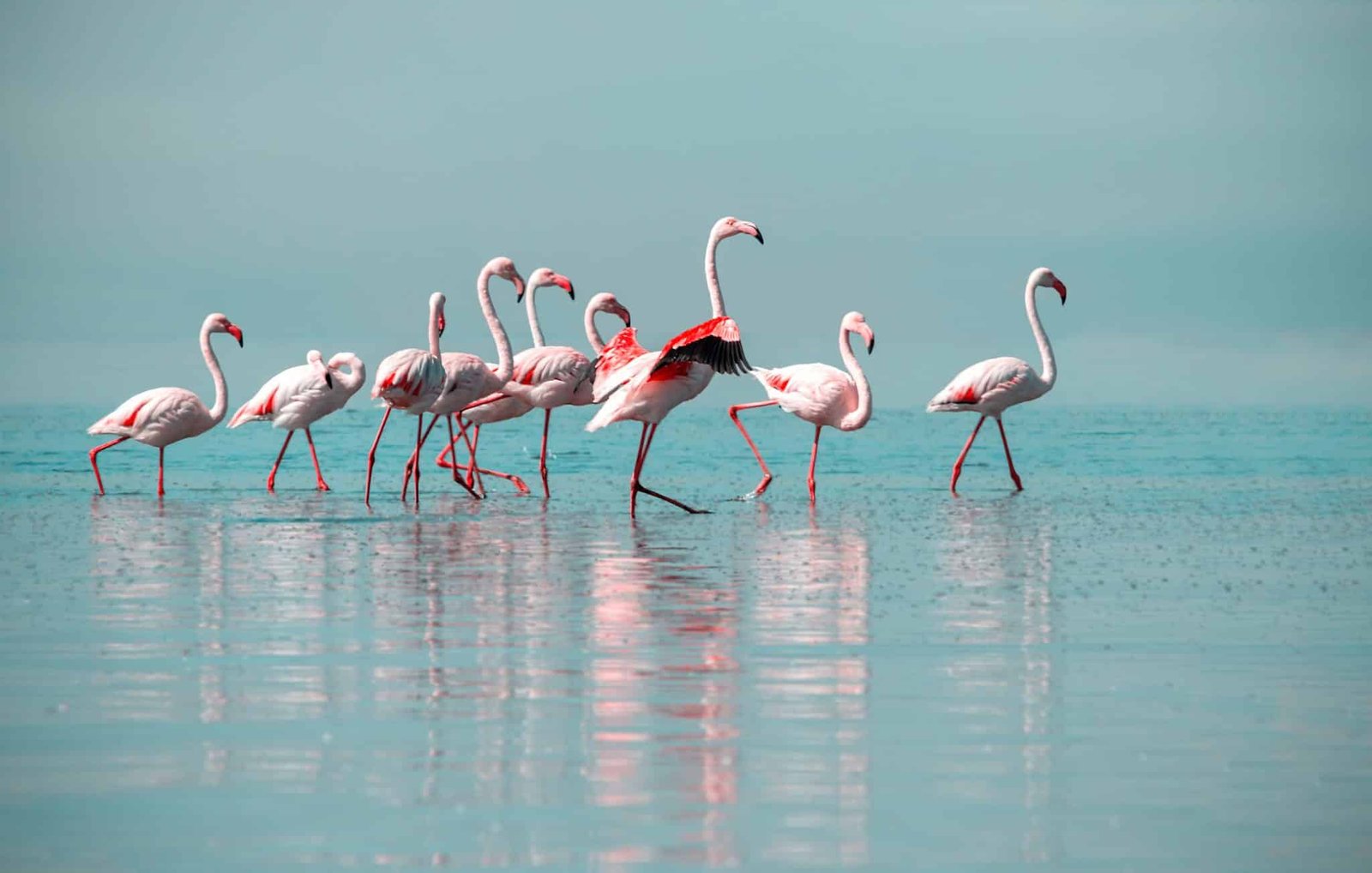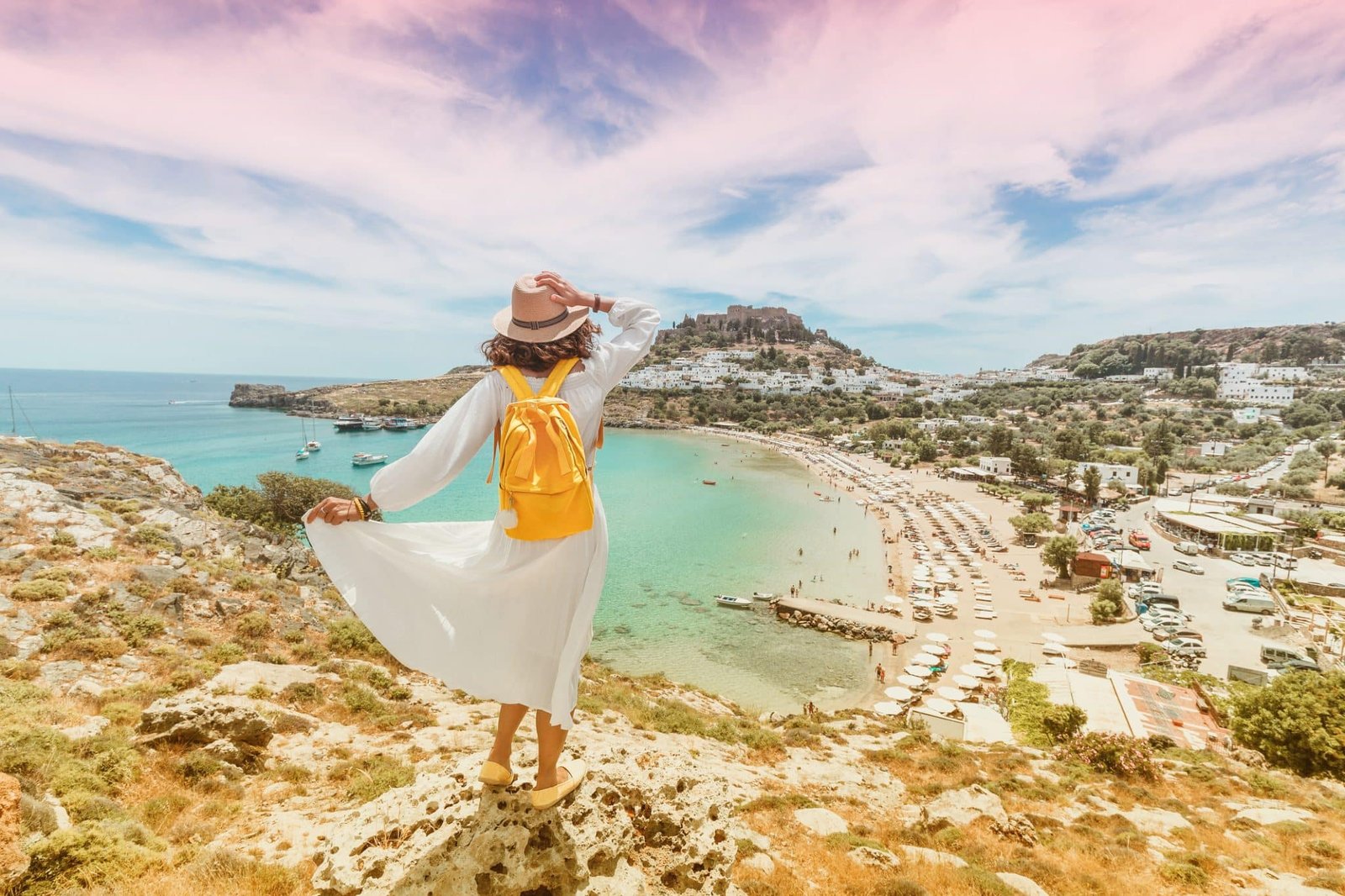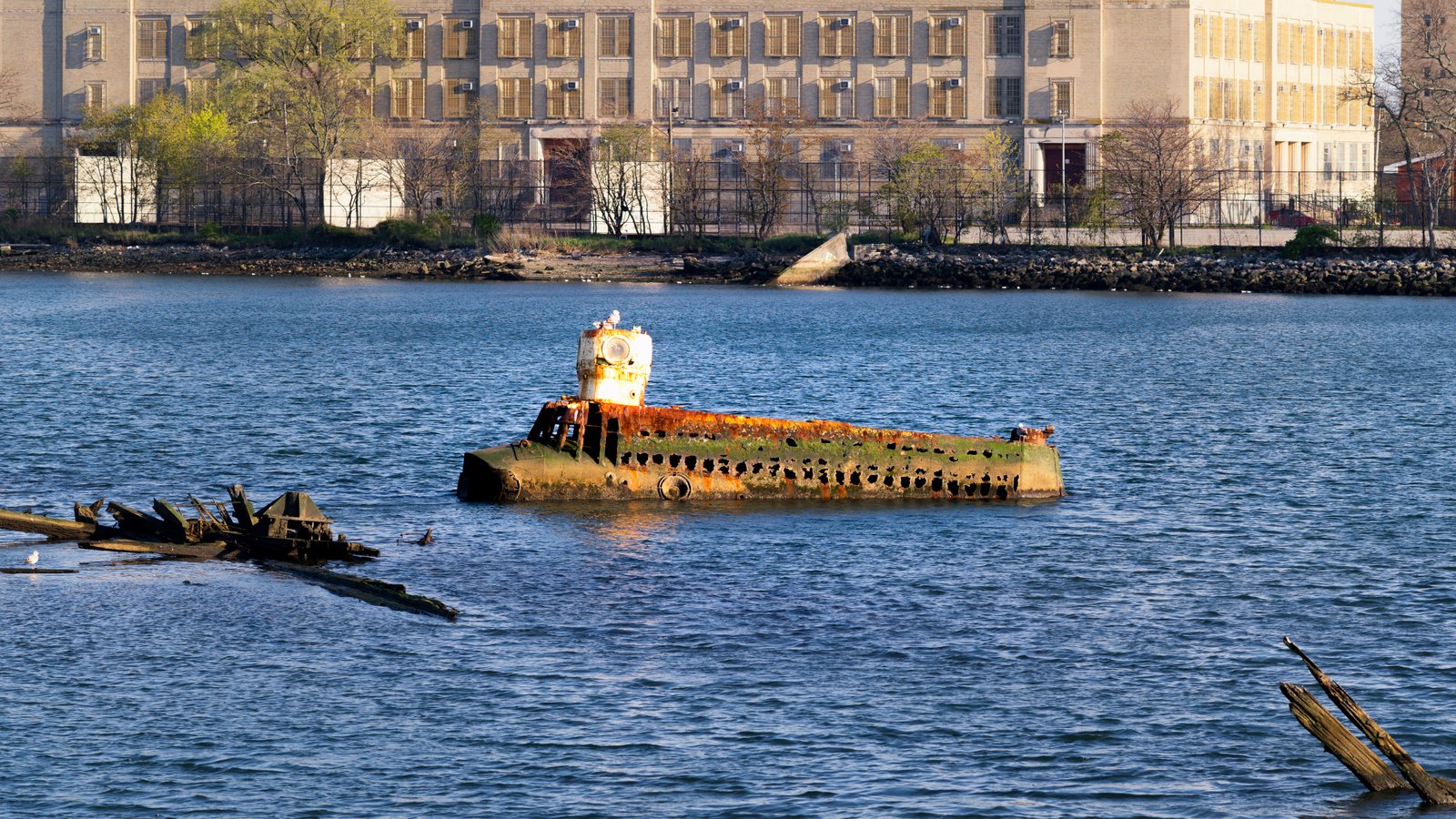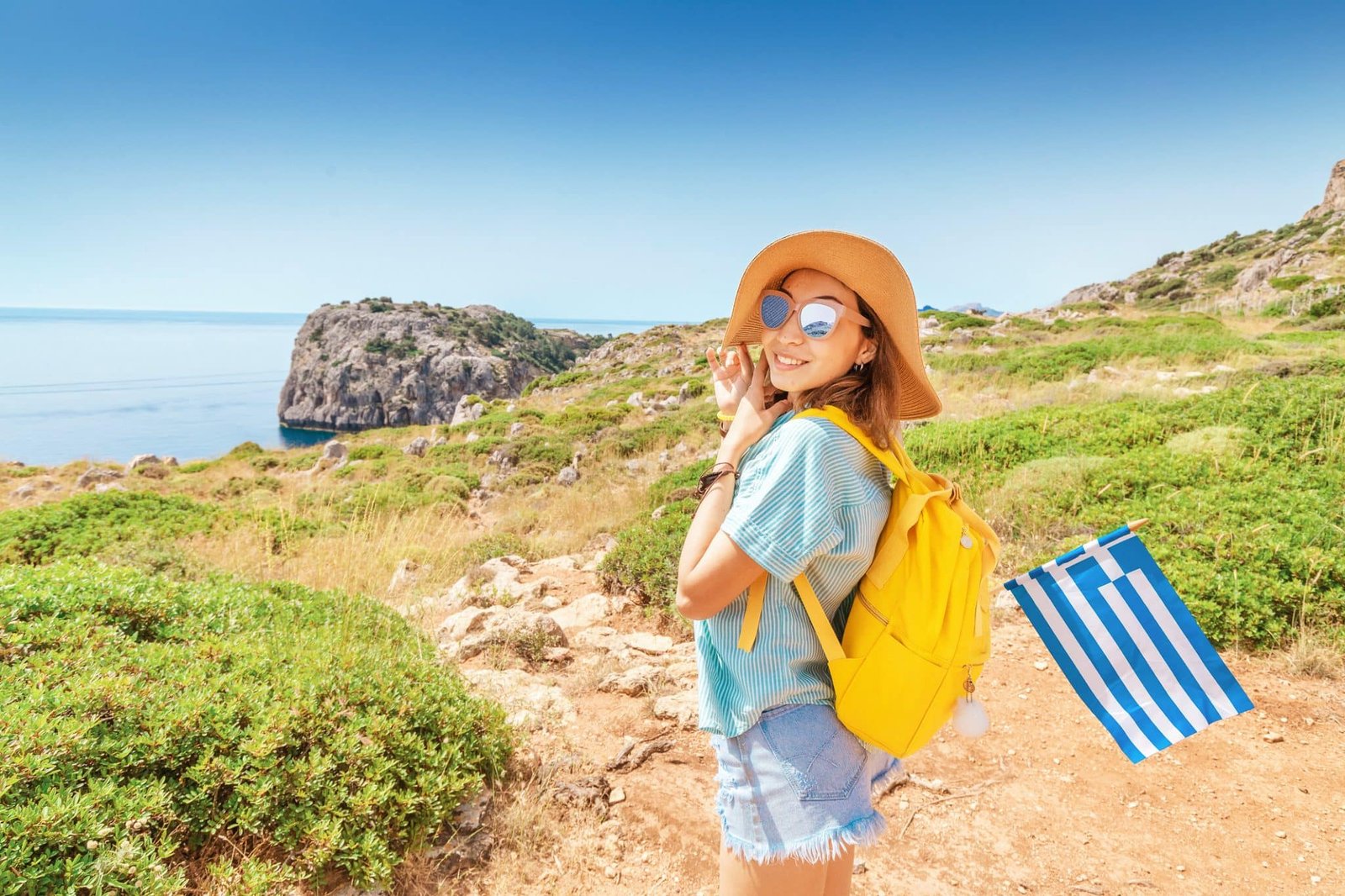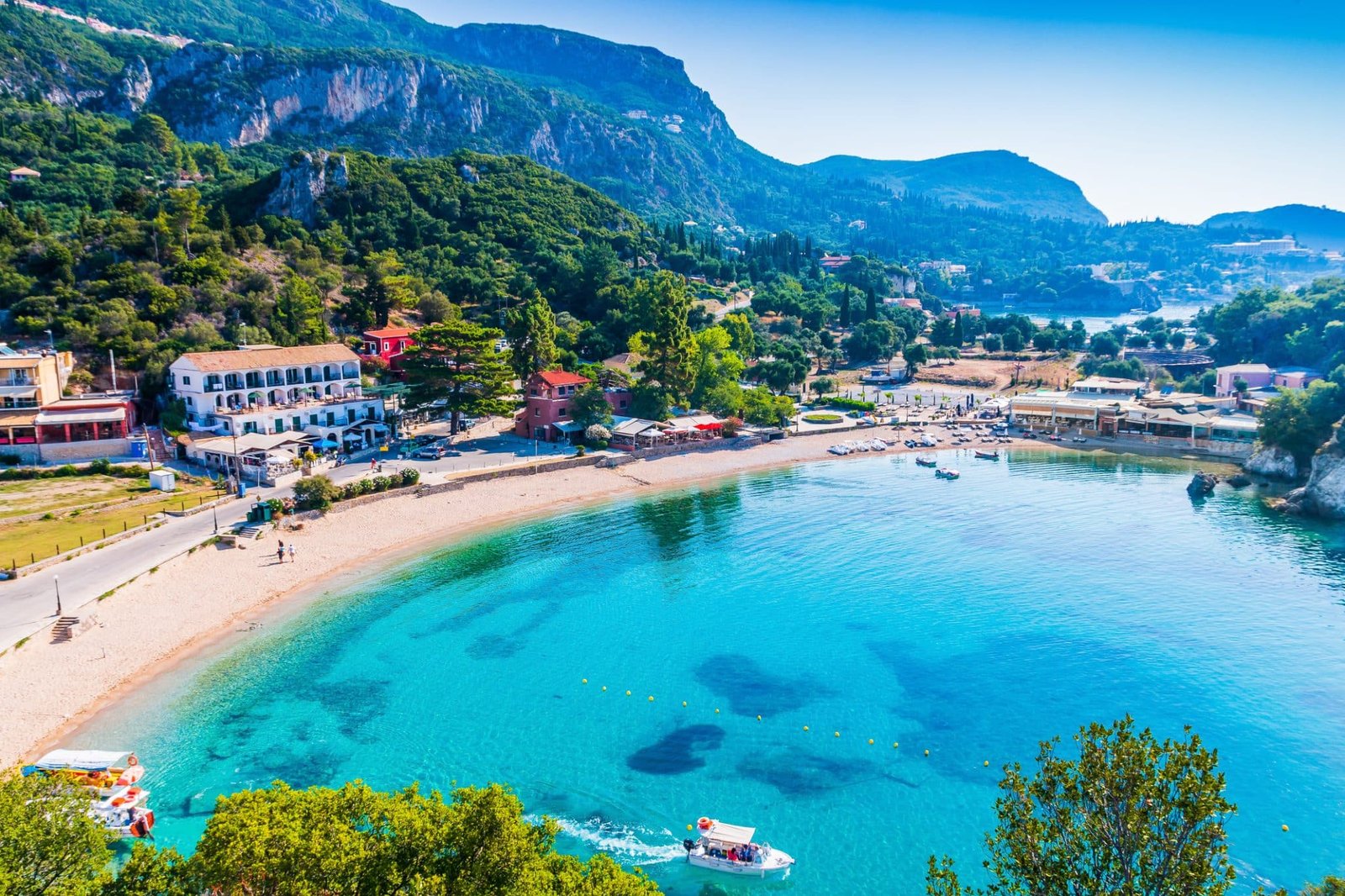9 EPIC Greek Islands For Wildlife & Nature: Rare & Wonderful Encounters!
|
Prefer listening over reading? We got you covered!
Getting your Trinity Audio player ready...
|
Greece is a country renowned for its stunning landscapes, crystal-clear waters, and beautiful islands. But beyond the picture-perfect beaches and idyllic villages, Greece and her islands are also home to an incredible variety of wildlife and natural wonders.
For those who love to explore and immerse themselves in nature, the Greek islands offer endless opportunities to encounter fascinating wildlife, unique ecosystems, and breathtaking scenery.
Some of the unique wildlife you might encounter are the Kri-Kri goat, which is found only on Crete, and the rare Mediterranean monk seal, which lives along several islands in the Aegean Sea.
Some Greek islands are a paradise for birdwatchers, while some are home to the rare sea turtles which nest on the beaches.
Not sure which island to go to? Not to worry! Right here we use our expertise and have shortlisted the nine best Greek islands for wildlife and nature lovers.
From the verdant forests of Corfu to the marine reserves of Zakynthos and the rugged mountains of Crete – get ready for an adventure off the beaten path as we discover the natural wonders of some of Greece’s stunning islands!

The 9 Best Greek Islands For Wildlife & Nature: Islands You Can’t Miss!
1. Zakynthos
Located in the Ionian Sea on the west coast of Greece, Zakynthos is a dream destination for nature and wildlife lovers.
The island is known for its stunning landscapes, ranging from pristine white sand beaches to rugged mountains, dramatic cliffs, and lush green forests.
The striking blue waters host a number of marine species, while the forests are home to a variety of birds.
Zakynthos has several protected areas, including one of the first marine parks in Greece–the National Marine Park of Zakynthos. Visit this park to learn more about the rare and endangered flora and fauna that inhabit the island.
The most popular are the loggerhead sea turtles and the Mediterranean monk seal. In fact Zakynthos, or Zante, as it is more commonly called, is one of the most important sea turtle nesting sites in the Mediterranean.
This endangered turtle species nests on the island’s southernmost beaches. You will be lucky if you get to see them, just don’t disturb them!
In addition to the loggerhead sea turtles and gorgeous beaches, Zante has several other wildlife and natural attractions which make it one of the best Greek islands for nature lovers.
The Mediterranean monk seal, one of the rarest mammal species in the world, is also found in the waters around Zante. Then there’s Posidonia oceanica, a species of seagrass in Laganas Bay that is home to a large number of marine animals.
There are many opportunities for kayaking and snorkelling too, so you will enjoy exploring the undersea life and landscapes.
For example, the famous hidden Blue Caves and the impressive Keri Caves along the coast are worth visiting by boat. While coming back to the dry mainland, the natural scenery and the National Park with its stunning mountains and forests, are a treat for adventure lovers who love hiking and cycling.

2. Crete
Crete is the largest of the Greek islands. Located in the Aegean Sea, it has a diverse range of natural scenery and habitats, from beaches to wetlands to mountains and forests.
The island is home to an interesting ensemble of plant life and wildlife, which includes an amazing variety of orchids. Spring in particular is a great time to visit!
The rugged landscape of Crete is perfect for jeep safari adventures, as well as mountain biking and cycling tours. You can even try rock climbing or go on the many hiking trails in the gorges.
In fact Crete boasts hundreds of gorges that form rivers and stunning waterfalls making it one of the best Greek islands for hiking, nature, and wildlife lovers.
The Samaria Gorge on the island’s south is one of the longest and deepest gorges in Europe and the 7-hour-long trail there offers some amazing scenery and plenty of wildlife spotting.
The Samaria Gorge National Park and the White Mountains National Park are two of the many protected areas on Crete.
These national parks are home to a variety of wildlife, such as bearded vultures, golden eagles, and other bird species. Try to spot the famous Cretan wild goat “Kri Kri”, which is unique to the island, and the Cretan Ibex, living on the mountainous cliffs.
At the feet of the White Mountains lies the Botanical Park of Crete. The park is a colourful haven of plant life, including more than a hundred species of fruit trees, herbs, medicinal plants, and flowers.
Crete’s marine life is also no less fascinating: there are sea turtles, dolphins, and monk seals. The island has many popular spots for diving and snorkelling, allowing you to see and marvel at the undersea world.

3. Alonissos
Blessed with beautiful beaches and lush green beachfront forests, the island of Alonissos is a destination of great natural scenery.
The island is the smallest in the Sporades group in the Aegean Sea and is ideal for those who want to unwind and have a relaxing holiday. Pristine beaches line up the island’s coast, with crystal blue waters lapping up the shores.
Alonissos is also part of a large marine ecosystem and the National Marine Park of Alonissos and Northern Sporades is actually the largest protected marine area in Europe.
A nature reserve for a variety of terrestrial plants and wildlife, and marine life living in the Mediterranean Sea, the park is a must-visit. If you love nature and sea life, you’ll enjoy your time in this eco-haven.
Spotting dolphins and finding rare monk seals is an exciting activity, but also keep an eye out for sperm whales and beaked whales too, and the occasional Eleonora’s Falcon and the Audouin’s Gull flying above.
For the more adventurous, a hiking trip in the breathtaking Kastanorema Gorge is a must-do. Walking through the wild landscape, surrounded by rocks, cliffs, and lush greenery is a memorable experience!
And for the laid-back beach bums, Alonissos is not short on beautiful beaches either. The golden sands, white pebbles, and blue-green waters are just perfect for your holiday postcards.

4. Corfu
A green island with an ensemble of habitats ranging from beaches to wetlands and forests, Corfu is another Greek island that is a great destination for nature and wildlife lovers – as we’ve written about before.
The island, located in the Ionian Sea, northwest of Greece, is home to a unique ecosystem. With a mild climate and abundant rainfall, Corfu supports a variety of plant and animal life and boasts some stunning scenery too.
When planning your trip, don’t forget to pack in a pair of binoculars. The island’s diverse landscapes make for equally diverse wildlife.
Corfu is popular for bird watching and there are more than a hundred species of birds that can be spotted on the island.
The wetlands are also home to many water birds, including herons, cormorants, and egrets. The island is home to the endangered Corfu Emerald Lizard too, which is found in olive groves.
Famous poets like Homer have even referred to Corfu as the “Garden Isle”, in praise of the extensive olive groves and natural scene.
Probably the best places to look for wildlife are Corfu’s protected areas. And just a trip to the Korisson Lagoon or Antinioti Lagoon should be enough to discover and explore the abundant wildlife on the island.
The beaches of Corfu don’t lag too. Soak in the sun along the golden sand beaches, or dive into the Ionian Sea to look for dolphins or even the occasional rare monk seal.

5. Chios
Chios is the fifth-largest of the Greek Islands, and is located in the northeastern Aegean Sea. It is known for its stunning beaches and traditional villages.
But what really sets this beautiful island apart is its diverse range of habitats and the wildlife that inhabits them. Nature and wildlife enthusiasts really will love the rich biodiversity of Chios.
One highlight of Chios is the Mastichochoria region in the southern part of the island. The region has a stunning cluster of mediaeval villages, terraced landscapes, and lush forests.
You can explore the picturesque villages and hike the many scenic trails. A variety of wildlife inhabits the forests too, such as foxes, jackals, ferrets, rabbits, hedgehogs, and reptiles. While the Mastichochoria is famous for its mastic resin-producing trees that live for up to a century.
The wetlands are another must-see destination for wildlife enthusiasts. Chios has a number of wetlands, including the Kalloni Salt Pans and the Giosonas River Delta, which are home to a variety of bird species, such as flamingos, herons, and cormorants.
The wetlands are also important feeding grounds for migratory birds, making Chios an ideal destination for bird watching too.
The beaches of Chios offer a mix of tranquillity and marine life spotting. The pristine sandy and pebbled beaches with crystal clear waters are a wonderful place to relax.
Mavra Volia Beach on the island’s southern coast is the perfect spot. This black pebble beach is surrounded by cliffs and rock formations and is a popular spot for snorkelling and diving. The clear waters are home to a variety of fish species and other marine creatures.

6. Samos
Samos is a special destination for nature and wildlife lovers. This island in the southeast Aegean Sea is part of the Sporades group of Greek islands, known for their mostly unspoiled natural beauty.
Diverse natural landscapes and protected areas such as the Mikro Seitani Nature Reserve are home to hundreds of species of flora and fauna, and the result is that Samos is home to some of the rarest animals in Greece
The Mikro Seitani Nature Reserve covers around a thousand acres of forest and wetlands. The reserve has a variety of wildlife, including rare bird species such as the black stork and the peregrine falcon. The best time to visit is probably the spring season when you can experience the migration of birds.
That’s because Samos lies on the route of migratory birds. Expect to see species like the Audouin’s Gull, Honey Buzzard, Blue Rock Thrush, and Short-toed Eagle, among many others.
Plus the wetlands of Alyki and Mesokampu, and the mountain of Kerkis, are some of the most ideal locations in Greece for bird-watching expeditions too.
In addition to birds, Samos is also home to two endangered animals, the golden jackal, and the Mediterranean chameleon. You’ll get to spot either of them only if you’re lucky, as these creatures are very elusive.
And to experience nature in its truly unspoiled form, make a trip to Kerkis Mountain and Potami Gorge.
Kerkis Mountain and its surrounding scenery are breathtaking, and there are plenty of hiking trails and opportunities for mountain climbing. The hiking track to the Potami gorge is another treat: it takes you through a lush green forest along a river to the waterfall, where you can take a refreshing dip or swim.

7. Skyros
The island of Skyros is remote and unspoiled by mass tourism, making it even better for a nature and wildlife-focused holiday.
Skyros is the biggest of the far-off Sporades group of islands in the Aegean Sea. Known for its rugged landscapes with mountains, rocky coastlines, and pine forests, it’s an island with compelling beauty.
Skyros is really a niche destination, focusing on eco- and sustainable tourism while protecting and conserving the nature and wildlife there.
It is the ultimate haven for avid birdwatchers, being home to more than two hundred species of birds. Natural attractions such as the Kochilas Mountain and its surroundings, and the Kalamitsa wetland, are known nesting and resting grounds for different migratory birds.
Some notable species of birds found on Skyros are the Cory’s Shearwater, Audouion’s Gull, Bonelli’s Eagle, and the rare Eleonora’s Falcon, a migratory hawk that has built the world’s largest colony of its species on the island.
Don’t forget to pack your binoculars before going! Identification guides are provided to make your experience educational and enjoyable.
The island is also home to the rare Skyros Pony, which is an ancient breed of horse, exclusive to Skyros. Found on the verdant Plateau of Aris on the south of the island, these ponies are an endangered species and a symbol of the island’s natural heritage.
On the other hand, Skyros’ stunning beaches are ideal to relax and explore marine life. The waters of the Aegean Sea are also home to a variety of marine animals, including dolphins, sea turtles, and a variety of fish species.
The beautiful sandy beaches of the popular Kalamistsa and Molos, and the more secluded Agios Fokas and Pefkos, are great spots to soak in the sun and indulge in some water sports too.

8. Lesvos
In the northeastern Aegean Sea, close to the coast of Turkey, lies the island of Lesvos. Also known as ‘Lesbos’, the island is the third-largest in Greece and is a paradise for wildlife and nature enthusiasts. Its varied landscape and unique geology make it a designated UNESCO Global Geopark.
Lesvos has some of the best bird-watching in Europe which is partly why it is regarded as one of the best Greek islands for nature and wildlife lovers.
The Kalloni Gulf and its surrounding wetlands on the island are a transit point for migratory birds and are also home to over 300 species of birds. Birds to look out for include flamingos, herons, and egrets.
Lesvos is also home to several endemic bird species, such as the Cinereous bunting and the Krüper’s nuthatch.
Visiting Lesvos is like going back in history. The island has a surreal vibe to it: stunning castles, natural landscapes, and a golden sand coastline lined with sparkling blue waters.
It’s also home to the eerie ancient Petrified Forest. The forest is the result of a massive volcanic eruption that occurred 20 million years ago. The eruption covered the entire area in volcanic ash, preserving everything in it.
The Petrified Forest is therefore a large area of ancient forest, with its tree trunks, roots, and even fruit, leaves, and seeds preserved and protected within volcanic rocks. The sight of the forest is truly astounding.
The value of the site is such that it became a Natural Monument of the Greek State, and a founding member of the European Geoparks Network.
Besides bird watching, nature lovers will find several trails for hiking and mountain biking. Lesvos also has many thermal springs to relax in and several beaches with gorgeous blue waters to enjoy and sunbathe at.

9. Kos
The island of Kos is not far behind when it comes to offering remarkable natural geography for nature and wildlife enthusiasts to enjoy.
The island is located on the southeastern Aegean Sea, close to the Turkish coast and is the third-largest of the Dodecanese islands, a group known for their beautiful beaches and stunning scenery.
Kos is home to the Plaka Forest, a beautiful woodland covering a vast area of over 10,000 acres in the southern part of the island. The forest is one of the island’s most significant natural attractions and protected area with an incredible and diverse range of wildlife and plant life.
Plaka Forest can be explored on foot or by bike. There are several hiking trails that you can choose, ranging from easy to the more challenging ones.
The scenery is dominated by Aleppo pines and cypress trees and you can spot several kinds of wildlife when hiking, including wild boars, deer, reptiles and many species of birds like golden orioles and hoopoes. But be sure to observe them from a safe distance!
Kos also has a salt lake that is home to several species of water birds such as flamingoes, herons and cormorants. Guided tours can be taken to learn more about the lake’s ecology, while observing the birds from a viewing point.
As with other Greek islands, the waters around Kos are abundant with a variety of marine life. You can take boat tours to see sea turtles and dolphins, or go snorkelling or diving to swim with the many colourful fish and other sea creatures.


